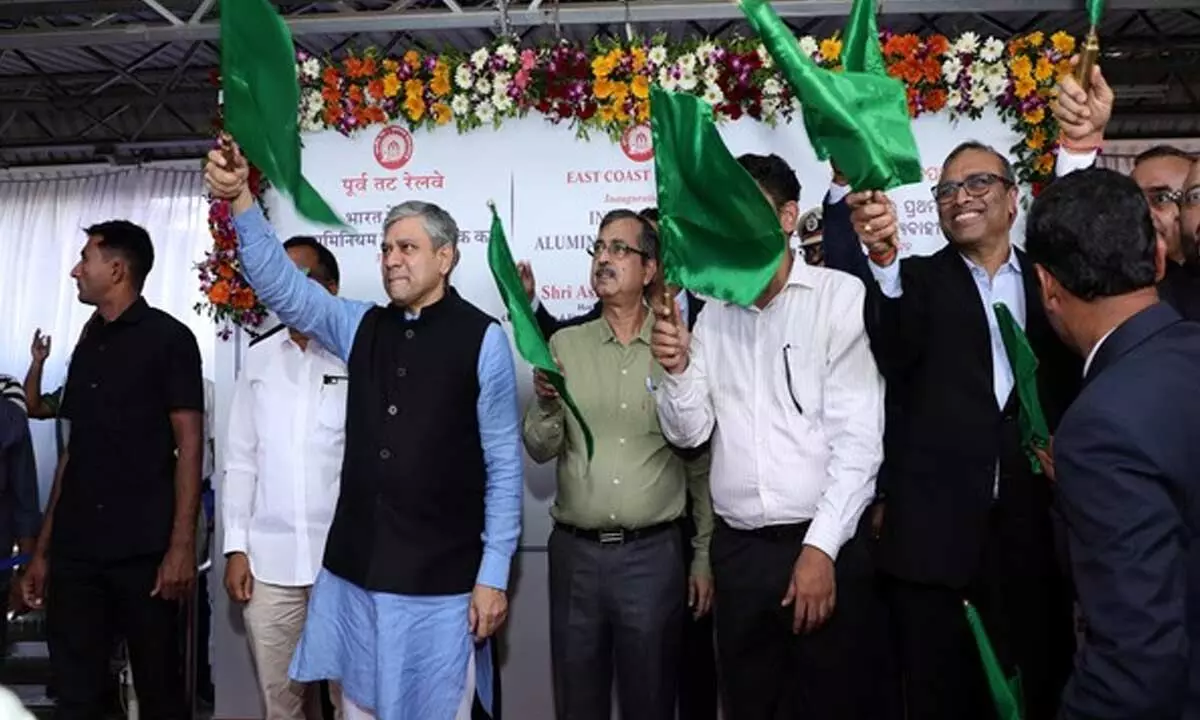Indian Railway First Introduced Aluminium Freight Train Rake

Indian Railway First Introduced Aluminium Freight Train Rake
- Indian Railways reaches a new milestone today with the delivery of the nation's first aluminium goods train rake.
- The rake is 180 tonnes lighter than current steel rakes, allowing it to travel the same distance at a higher speed and with less power.
Indian Railways reaches a new milestone today with the delivery of the nation's first aluminium goods train rake. This aluminium goods train is unique from all others since it has a greater capacity for hauling freight while being lighter than its predecessors. In Bhubaneshwar, Odisha, it was launched by the state's railway minister, Ashwini Vaishnaw.
The rake is 180 tonnes lighter than current steel rakes, allowing it to travel the same distance at a higher speed and with less power. The lifetime carbon savings range from 8 to 10 tonnes, but the Indian Railways will save more than 14,500 tonnes of carbon with the start of this train.
The railways claimed that it has a smaller carbon footprint for every 100 kg of weight reduction in wagon thanks to its production in partnership with Besco Limited Wagon Division and aluminium giant Hindalco. According to the national transporter, the rake is 180 tonnes lighter than traditional steel rakes, resulting in higher speed and lower power consumption for the same distance.
It can transport 180 tonnes more payload per trip than conventional rakes and, because it is resistant to corrosion, will lower maintenance costs, it added. These waggons were built using fully lock bolted construction, with no welding done on the superstructure.
As per the railways, new rakes have an 80% higher resale value and a 10-year longer lifespan than standard ones. But because the superstructure is entirely made of aluminium, the manufacturing cost is 35 percent greater. According to the company, the new rake can transport 180 tonnes more payload per trip than conventional rakes and will require less maintenance due to its resistance to corrosion. It also noted that these waggons were built using fully lock bolted construction rather than welding on the superstructure.










